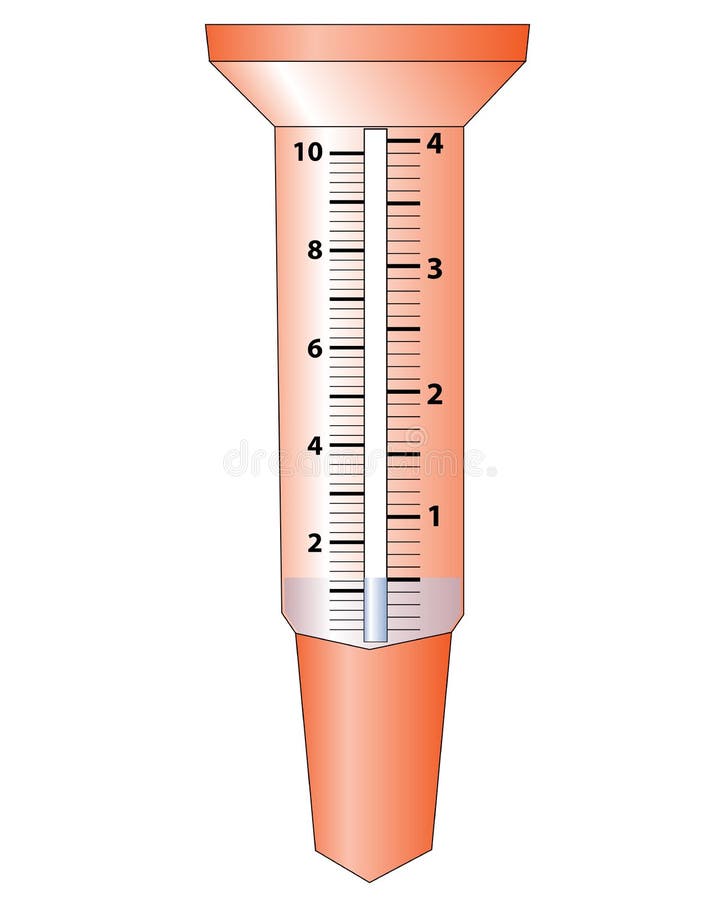Introducing the Science Behind Rain Determines: Just How These Gadgets Play a Crucial Duty in Environment Research Study and Environmental Tracking
Rain determines, seemingly easy tools, hold a profound value in the world of environment research study and environmental tracking. These simple tools quietly collect among nature's most crucial components-- rainfall. Yet, behind their unpretentious facade exists an intricate scientific research that is vital for recognizing the characteristics of our environment. As we peel off back the layers of this scientific veil surrounding rainfall gauges, we discover a world where precision, data precision, and careful monitoring assemble to unveil a much deeper understanding of our changing climate and its influence on the world.
Significance of Rainfall Scales
Rainfall evaluates play an important role in tracking and measuring rainfall degrees, giving vital data for environment study and analysis. These devices are basic in evaluating the quantity of rains that occurs in a specific location over a certain duration. By measuring and gathering rainwater, rainfall gauges deal important insights right into the circulation and strength of precipitation, assisting meteorologists, hydrologists, and climatologists in understanding weather condition patterns and trends.
One of the vital reasons rainfall determines are vital is their capacity to give exact and local data. Unlike satellite or radar-based dimensions, which offer broader observations, rain evaluates offer precise details certain to the location where they are placed. This localized data is crucial for different applications, including flooding forecasting, dry spell monitoring, and water resource monitoring. Furthermore, lasting information gathered from rain determines helps in analyzing environment modification impacts and patterns, adding significantly to clinical research and decision-making procedures. Fundamentally, rain assesses act as essential devices in the area of meteorology and environmental science, playing a critical role in progressing our understanding of weather condition and climate dynamics.
Sorts Of Rain Gauges

Capability and Operation
In the realm of environment research study and meteorological researches, the performance of rain assesses hinge on their elaborate functionality and specific operational mechanisms. Rain assesses are designed to properly measure the amount of rainfall that falls over a certain location throughout a collection period. These gadgets normally are composed of a channel that collects rainwater and networks it into a gauging tube. The determining tube is marked with adjusted measurements that permit the precise quantification of rains.
The functionality of rainfall evaluates is based upon the principle of measuring and accumulating rainwater in a standardized way. This collected data is vital for understanding regional climate patterns, tracking long-lasting climate fads, and examining ecological effects. To ensure precise measurements, rainfall assesses demand to be strategically placed in open areas away from blockages such as structures or trees that might hinder the collection process.
The functional aspect of rainfall gauges involves normal maintenance to stop debris buildup, calibration checks to maintain measurement accuracy, and data tape-recording for evaluation (rain gauge). Generally, the capability and procedure of rainfall determines are important for gathering reputable precipitation information vital to environment research and ecological monitoring
Role in Climate Research
Offered the essential value of accurate rainfall measurements in comprehending weather condition patterns and ecological effects, the role of rainfall assesses in climate research is vital. Rain gauges supply essential information for environment research study by quantifying the quantity of precipitation that tips over a particular area throughout a given period. This information is crucial for keeping an eye on long-term patterns in precipitation patterns, examining the effect of environment change on rains circulation, and boosting climate designs.

Climate scientists utilize data collected from rainfall assesses to analyze variants in precipitation levels, view identify local environment fads, and evaluate the performance of water resource management techniques. By comparing historical rainfall information with current dimensions, scientists can spot shifts in precipitation patterns, such as adjustments in the frequency or intensity of rains occasions. This info is vital for comprehending exactly how climate modification is affecting rainfall characteristics and can aid policymakers make notified decisions pertaining to read this adaptation and mitigation approaches.
Applications in Environmental Monitoring

In flood projecting, rainfall scale data helps to track rainfall strength and distribution, allowing authorities to provide prompt cautions and take needed steps to mitigate flooding threats (rain gauge). Dry spell tracking relies upon rainfall scale information to evaluate moisture degrees in the soil and track precipitation deficiencies, assisting in the recognition of drought-prone areas and the implementation of dry spell reaction techniques
Furthermore, rain scale data plays an essential function in water source monitoring by providing details on water schedule and use patterns. This data is used to make informed choices pertaining to water appropriation, conservation measures, and lasting water resource preparation. In addition, in agriculture, rain gauge information assists farmers in maximizing watering routines, crop option, and overall ranch monitoring techniques based upon neighborhood rainfall patterns. On the whole, rainfall evaluates are essential devices in ecological tracking, supplying valuable insights that contribute to notified decision-making and lasting resource administration.
Conclusion
Finally, rain assesses are vital tools for gauging precipitation, giving valuable data for climate research and ecological tracking. With various kinds and capabilities, rainfall evaluates play a critical function in understanding rainfall patterns and their effect on the setting. By precisely determining the original source rains, these devices add to the innovation of clinical understanding and aid in making educated choices associated to water resource management and catastrophe preparedness.
Rainfall evaluates play an important function in monitoring and gauging precipitation degrees, giving essential information for climate research and evaluation. The standard rain gauge, known as the "tipping container" gauge, is one of the most commonly made use of gadgets. Ultrasonic rain evaluates usage audio waves to find the existence of rain, giving real-time information on precipitation levels.Environment researchers utilize information collected from rain assesses to assess variants in precipitation degrees, recognize local climate patterns, and assess the performance of water resource monitoring techniques.In final thought, rainfall assesses are vital tools for determining rainfall, supplying valuable data for environment research and ecological monitoring.